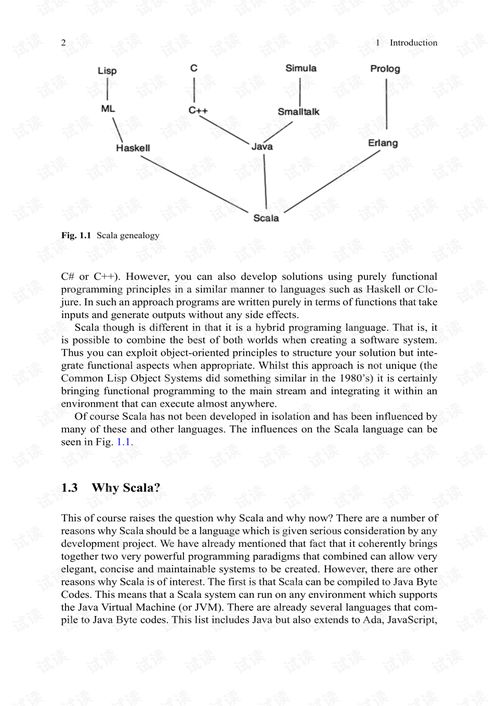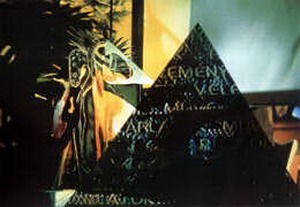本文目录导读:
- Understanding the Basics
- Choosing the Right Equipment
- Casting Techniques
- Baits and Lures
- Fish-Finding Techniques
- Patience and Practice
Content:
Embarking on the exciting world of rod fishing can be both thrilling and challenging, especially for beginners. The art of angling requires patience, skill, and a bit of know-how. Whether you're planning a day out on the lake or a weekend adventure on the river, mastering the basics is crucial to a successful fishing experience. In this comprehensive guide, we'll delve into the essential tips and techniques that will help you get started on the right foot.
Understanding the Basics
Before you cast your line into the water, it's important to understand the fundamental elements of rod fishing. Here's a breakdown of the key components:
Rod and Reel: The rod is your primary tool, designed to guide your line and lure through the water. The reel holds the line and allows you to adjust tension and retrieve your catch. Choose a rod and reel that match the type of fishing you plan to do.
Line: Your fishing line is the thread that connects your rod to your lure or bait. It comes in various strengths and materials, such as monofilament, fluorocarbon, and braided line. The type of line you choose depends on the fish you're targeting and the conditions of the water.

Leader: The leader is a shorter section of line that connects your main line to your lure or bait. It's typically made of a different material than your main line to reduce visibility and avoid detection by fish.
Bait or Lure: Bait is natural food that you place on your hook, while a lure is an artificial object designed to mimic the movement of real prey. Both can be effective, so choose based on the species you're targeting.
Choosing the Right Equipment
Rod Selection: When choosing a rod, consider the type of fishing you'll be doing. Spinning rods are great for light lures and are easier for beginners to handle. Casting rods are better for heavier lures and are more versatile.
Reel Selection: Spinning reels are ideal for beginners due to their simplicity and ease of use. Casting reels can be more complex but offer greater control and distance.
Line Selection: For beginners, monofilament line is a good choice due to its flexibility and ease of handling. Fluorocarbon line is more invisible to fish and is better for clear water conditions.
Leader Selection: The length of your leader should be about 18 to 24 inches. The material should match the main line but be a bit stiffer to help with hooksets.
Casting Techniques
Casting is the process of throwing your lure or bait into the water. Here are some casting techniques to help you get started:
Back-Cast: Hold the rod with a comfortable grip, and point the tip of the rod slightly behind you. Swing the rod back and then forward, releasing the line as the rod passes over your head.
Forward-Cast: This is similar to the back-cast but involves a more exaggerated forward swing. Aim to release the line just before the rod reaches the forward position.
Roll Cast: This technique is useful in windy conditions. Start with the line out of the rod tip, then roll the line forward with your wrist and thumb.
Baits and Lures
Natural Bait: Live bait, such as worms, minnows, or crickets, can be highly effective. However, it requires a bit of practice to present it properly.
Artificial Lures: Artificial lures come in various shapes and sizes, from simple spoons to complex crankbaits. They can be easier to use and more versatile than natural bait.
Fish-Finding Techniques
Observe the Water: Look for areas where fish might be holding, such as around rocks, weeds, or in deeper water.
Use a Fish Finder: A fish finder can help you locate fish in the water. It's a great tool for beginners to get a sense of where fish are located.
Ask for Advice: Talk to local anglers or fishing guides. They can provide valuable insights into the best spots and techniques for catching fish in your area.
Patience and Practice
Finally, remember that fishing is a sport that requires patience and practice. Don't get discouraged if you don't catch anything on your first few outings. Keep practicing your casting and fishing techniques, and you'll improve over time.
In conclusion, starting out in rod fishing can be a rewarding experience with the right approach. By understanding the basics, choosing the right equipment, mastering casting techniques, and developing fish-finding skills, you'll be well on your way to becoming a successful angler. So, pack your gear, find a quiet spot by the water, and enjoy the tranquility and thrill of rod fishing. Happy fishing!












